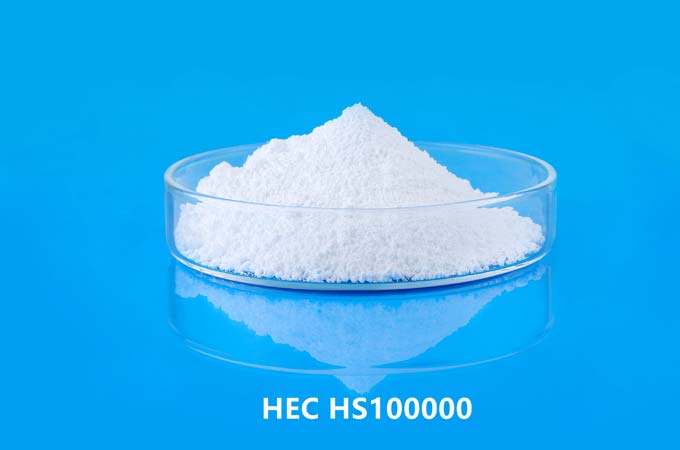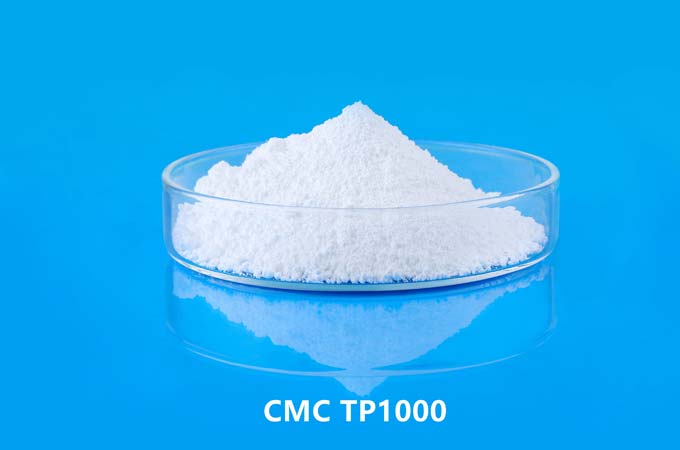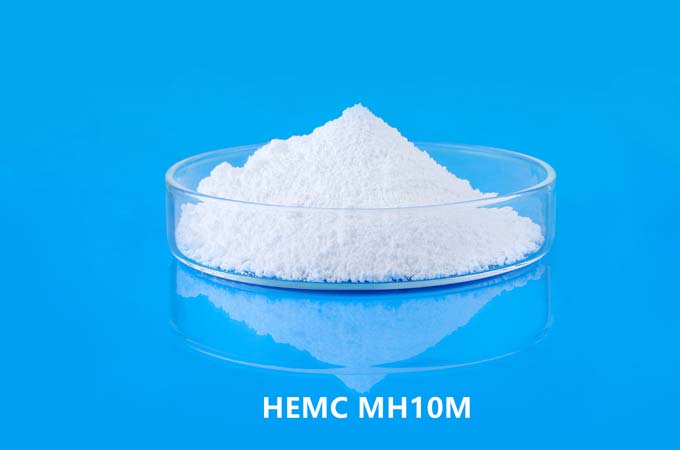Hydroxypropyl methylcellulose (HPMC) is a versatile polymer that is widely used in various industries, including the construction industry. In concrete applications, HPMC has a variety of uses that help improve the performance and performance of concrete.
1. Chemical structure of hydroxypropyl methylcellulose (HPMC):
HPMC is a cellulose derivative obtained by chemical modification of natural cellulose, mainly extracted from wood or cotton. Key modifications include the introduction of hydroxypropyl and methyl groups into the cellulose backbone. This modification gives HPMC unique properties, making it soluble in water and offering a wide range of applications, especially in construction materials such as concrete.
2. Properties of HPMC related to concrete:
Water retention:
HPMC acts as a water-retaining agent in concrete. It forms a thin film on the surface of cement particles to prevent rapid loss of moisture in the early stages of concrete curing. This helps maintain adequate water content in the concrete mix, promotes proper hydration of the cement, and ensures the required strength and durability are achieved.
Workability and rheology:
HPMC improves the workability and rheological properties of concrete. By changing the viscosity of the mixture, it enhances its ability to flow and fill molds, allowing for better concrete placement and compaction. This is especially important in applications where complex or crowded reinforcement requires precise concrete placement.
Set time control:
The addition of HPMC will affect the setting time of concrete. It acts as a retarder, delaying the initial setting of the concrete mixture. This may be advantageous where extended work hours are required or to alleviate problems associated with hot weather concrete pouring.
Adhesion and cohesion:
HPMC helps improve the adhesion and cohesion of concrete. It improves the bond between concrete and various substrates, such as formwork or aggregate, thereby enhancing the overall strength and stability of the structure.
Improve surface finish:
In architectural concrete applications, HPMC helps achieve a smooth and aesthetically pleasing surface finish. It reduces surface defects such as cracks, cracks, and honeycombing, making the final product more visually appealing.
Enhanced freeze-thaw resistance:
The use of HPMC can improve the freeze-thaw resistance of concrete. By reducing water permeability and enhancing the overall durability of the concrete matrix, it helps mitigate the harmful effects of repeated freeze-thaw cycles, especially in cold climates.
Compatibility with other additives:
HPMC is compatible with a variety of other concrete additives, including superplasticizers and air-entraining admixtures. This versatility allows concrete mixes to be formulated according to specific project requirements.
3.Application of HPMC in concrete:
Mortar and rendering:
HPMC is commonly used in mortar and primer formulations to improve adhesion, workability and water retention. It helps achieve a consistent and smooth surface finish in plastering applications.
Self-leveling underlayment:
In self-leveling concrete or underlayment applications, HPMC helps achieve the required flow characteristics, eases construction and ensures a smooth surface.
Tile Adhesives and Grout:
The water retention and rheological properties of HPMC make it a valuable additive in tile adhesives and grouts. It enhances bond strength and helps simplify application.
Shotcrete and shotcrete:
HPMC is used in shotcrete and sprayed concrete applications to improve bonding, reduce springback and enhance the overall workability of the mixture during spraying.
Precast concrete production:
In precast concrete manufacturing, HPMC helps achieve a high-quality, defect-free surface on the finished product. It facilitates demoulding and helps improve the overall efficiency of the production process.
4 Conclusion:
Hydroxypropyl methylcellulose (HPMC) plays a vital role in improving the performance and performance of concrete. Its versatility makes it suitable for use in a variety of concrete mixes, helping to improve workability, water retention, set time control, adhesion and overall durability. As the construction industry continues to evolve, HPMC remains a valuable tool for engineers and concrete professionals seeking to optimize concrete performance in a variety of applications.
 English
English 日本語
日本語 français
français Deutsch
Deutsch Español
Español italiano
italiano русский
русский português
português العربية
العربية Türkçe
Türkçe Nederland
Nederland



